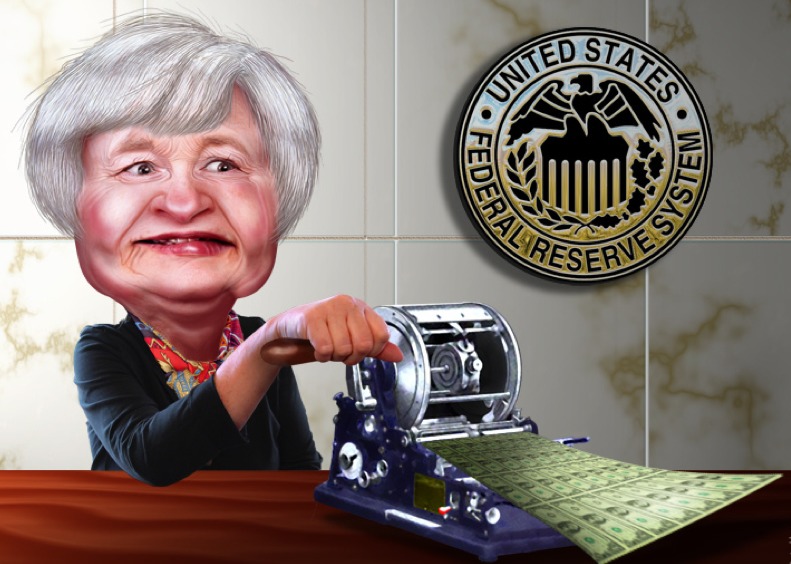If you follow personal finance in business publications or on your social media news feed, you’ve doubtlessly run across an article or two about “smart beta” investing.
It’s hard not to. There are now more than 450 US-listed smart beta products in the market with some $510 billion in assets, according to investment research firm Morningstar.
Smart beta ETFs are carefully constructed indexes that rank stocks by traits other than their market value, the standard methodology employed by traditional benchmarks, such as the Standard & Poor’s 500.
Instead, these products focus on “factors,” such as growth, value, dividends, volatility or other financial metrics that offer the possibility of market-beating performance and reduced portfolio risk.

Real Deal
Like any other financial product, however, investors need to carefully weigh the pros and cons and smart beta strategies aren’t for every investor.
Yet, if you’re interested, we’re here to help. Here are five things you need to know.
Active or Passive?
Smart beta strategies are neither active nor passive, but fall somewhere in between.
They’re active in the sense that they aim to deliver enhanced returns by calibrating exposure to financial metrics with a proven track record.
Yet they are passive in that such investments adhere to transparent set-up rules like any other index fund.
There’s no need for discretionary input from a full-time portfolio manager.
Fees
For investors seeking possibly enhanced, risk-adjusted returns, smart beta strategies are generally a better bargain than actively managed funds when it comes to fees.
Some 45% of smart beta funds surveyed by BlackRock last year had expense ratios below 50 basis points.
Rebalancing
While smart beta strategies are typically less expensive than actively-managed funds, they tend to cost more than passive, market-cap-weighted indices.
The reason: Smart beta indices often rebalance their holdings on a regular basis to keep their underlying strategy on track.
This turnover can increase investor costs compared to a purely passive index ETFs that mirror, say, the S&P 500 Index.
Fees and commissions, even modest ones, eat into returns. So get an accurate read on the fee and commissions structure from the provider.
Smarter Weighting
For investors seeking a more calibrated strategy, smart beta strategies offer a possible advantage over traditional, passive ETFs.
Consider again a passive index fund that perfectly mirrors the S&P 500 and its weighting ranking.
In this example, a large-cap stock like Apple (AAPL) has a far bigger weighting than a smaller-cap company such as AutoNation (AN).
Some argue that this approach of blindly weighting companies solely according to their market value is a recipe for sub-optimal returns.
In other words, there’s a risk of overweighting overvalued stocks and underweighting undervalued ones.
With smart beta funds, the portfolio is constructed more strategically to emphasize a particular financial metric with a track record of delivering steady, enhanced returns.
Due Diligence
Some smart beta indices are pretty straightforward, but others are based on complex methodologies.
Index components can be weighted by companies’ revenues, dividends, volatility or other corporate variables and skew toward small caps or large caps.
Read the prospectus, check out the provider’s website and consult an investment professional, if need be, to make sure you’re adequately informed before diving in.
Photo Credit: Pictures of Money via Flickr Creative Commons

